From Hollywood’s glitz and glamour to Broadway’s captivating performances, All American entertainment is a vibrant tapestry of cultural expression. It’s a world where dreams come true, stars are born, and creativity thrives. This article is a modern interpretation of this fascinating realm, unraveling the enchanting allure of all-American entertainment.
Whether it’s the silver screen, the music industry, or the sports arena, American entertainment has a universal appeal. It’s a powerhouse that transcends borders, influencing global trends and shaping societal narratives. Stay tuned as we explore the magic, the milestones, and the masterpieces that define American entertainment.
All American Entertainment
All American entertainment, captivating the world with its magnetic charm, has undergone dynamic transformations. It started as a symphony of lights and sounds on celluloid, adapted to the magic of the small screen and the airwaves, and then embraced the expansive realm of digital technologies.
Beginnings in Film and Music

The evolution of All American entertainment finds its roots in the establishments of film and music. Heralded by the silent films in the late 19th century, celluloid soon became a canvas for storytelling, impressing the audience with shimmering Hollywood stars. Take Charlie Chaplin, for instance, a name synonymous with early American film.
Music played a parallel tune. Jazz, born in the streets of New Orleans in the early 20th century, moved to mainstream popularity, intrigued the common listener, and extended its rhythm to big band hits and be-bop. Louis Armstrong and Duke Ellington stand out, iconic in these transitions.
Impact of Television and Radio
Television and radio broadcast stirred another revolution in the All American entertainment landscape. The black-and-white screen, initially considered ‘idiot boxes,’ soon overtook theaters, drawing families together for shared experiences. Classic sitcoms like I Love Lucy became prime-time staples, illustrating this shift.
Simultaneously, radio frequencies became platforms for musical genres. They played a crucial role in the surf music craze of the 1960s, with bands like The Beach Boys hitting the airwaves.
With the advent of digital platforms, American entertainment continues to evolve, yet firmly anchoring its roots in film, music, television, and radio. It’s a journey of continuous reinvention that has created an indelible legacy and continues to shape global culture.
Key Figures in All American Entertainment
Influential Musicians and Bands

Musicians have had a profound impact on the evolution of All American Entertainment. Quite notably, Elvis Presley, labeled as “the King of Rock and Roll,” dramatically changed the music industry, inspiring countless performers. The Beatles, while originally from Britain, had great success in the American market, causing a cultural phenomenon known as the “British Invasion”. Later, bands like Nirvana represented the rise of grunge, an offshoot of rock music that originated in the 80s. Also noteworthy is the influence of hip-hop artists like Run DMC and Jay-Z, who have played a significant role in mainstreaming the genre, accurately illustrating the musical diversity present in American entertainment.
Iconic Actors and Directors
All American Entertainment has seen the rise of numerous influential actors and directors who have shaped the industry. The audiences applauded Oscar-winning actor, Tom Hanks, from his iconic roles in Forrest Gump and Saving Private Ryan. His impeccable acting has left an indelible mark in Hollywood. Furthermore, directors like Steven Spielberg and Martin Scorsese, have consistently delivered critically acclaimed films such as E.T and Goodfellas, contributing to the establishment of unique narratives in the American film industry.
Need To Know About All American Entertainment

All American entertainment journey has been a dynamic one, evolving with the times and shaping the cultural fabric of the nation. From the silent film era to today’s digital age, it’s transformed and adapted, continually captivating audiences. Its iconic figures, from Chaplin to Jay-Z, have left indelible marks, influencing generations. The shift from traditional mediums like television and radio to modern platforms shows its adaptability. The diversity in pop culture music and the ever-evolving trends in film and television indicate a vibrant, ever-changing industry. The rise of individual content creators and streaming platforms signifies a new chapter in this evolution.

